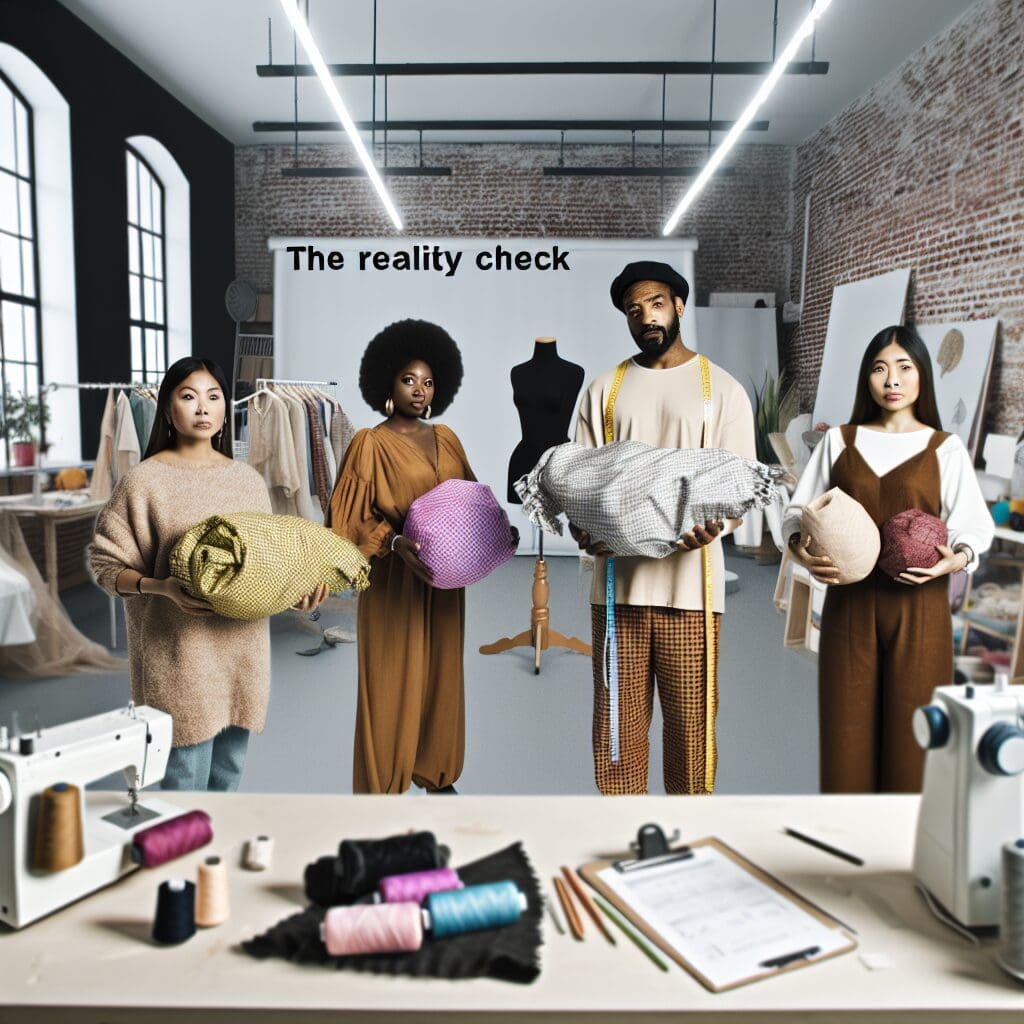In today’s fashion landscape, sustainability claims are increasingly under scrutiny. Major brands that once touted ambitious environmental goals are now curtailing their initiatives amid economic pressures and complex regulatory environments. This shift raises alarming questions about the future trajectory of sustainability in the industry, especially as extreme climate events underscore the urgency for immediate action.
Recent reports indicate staggering job cuts within sustainability teams at high-profile companies such as Nike and Canada Goose. These alterations reflect a broader trend where businesses are scaling back their sustainability efforts, often citing the need for more feasible goals. For instance, major retailers like Asos and Crocs have delayed their climate targets, arguing that initial aspirations were either unrealistic or lacked robustness.
However, critics argue that these adjustments threaten to reverse the industry’s hard-fought progress. According to McKinsey & Company’s recent analysis, approximately two-thirds of fashion brands are trailing behind their own climate commitments, with many experiencing an increase in their carbon footprints. As brands scramble to align with shifting consumer expectations and regulatory pressures, the gap between promises and actions widens.
The tightening regulation around climate action has led brands to reconsider the way they communicate their sustainability efforts. The Science Based Targets initiative has rejected climate plans from numerous firms, prompting others to rethink their commitments. The challenges faced by these companies underscore a critical reality: achieving sustainability requires significant investment and a consistent strategy, especially when faced with an unpredictable economic landscape.
As the industry grapples with these realities, it remains clear that the path to sustainable fashion is fraught with obstacles. The pressing need for transparency and genuine commitment is more crucial than ever, as both consumers and investors demand accountability in the face of warming temperatures and ecological deterioration. The fashion sector’s future hinges not only on its willingness to set ambitious targets but to transparently navigate the complexities of achieving them.












